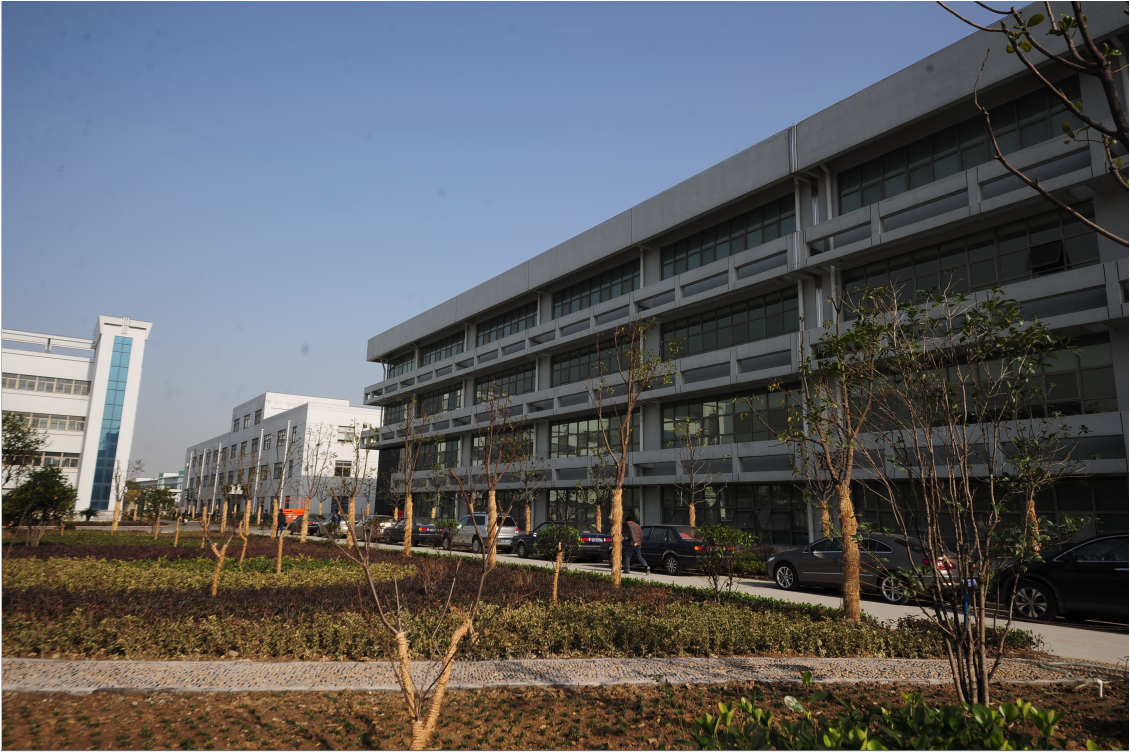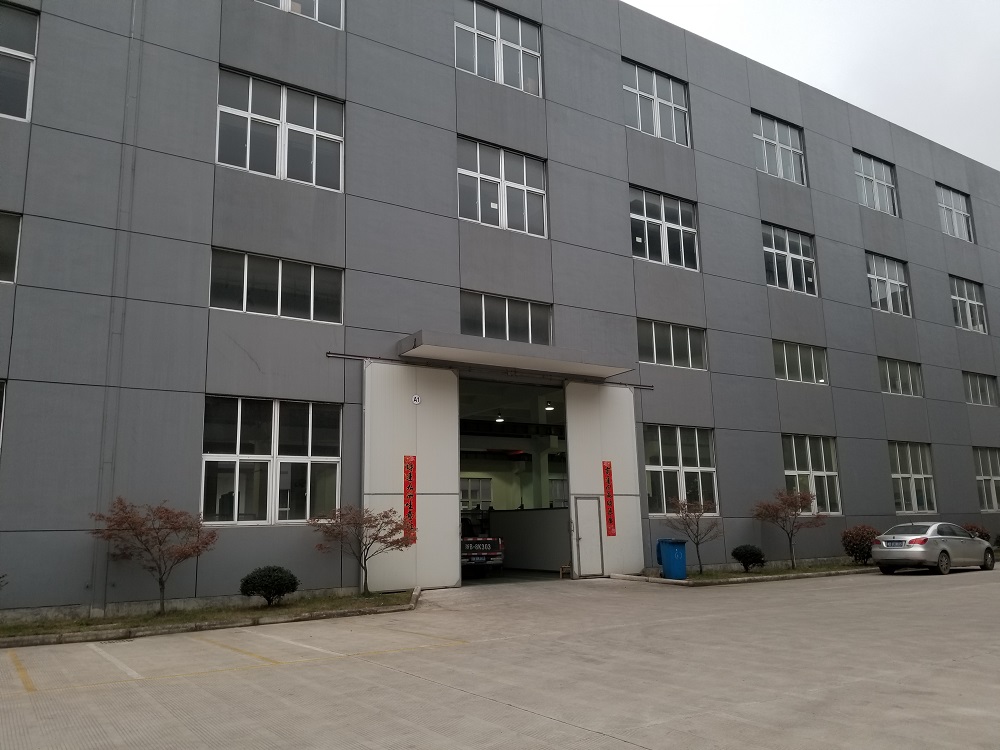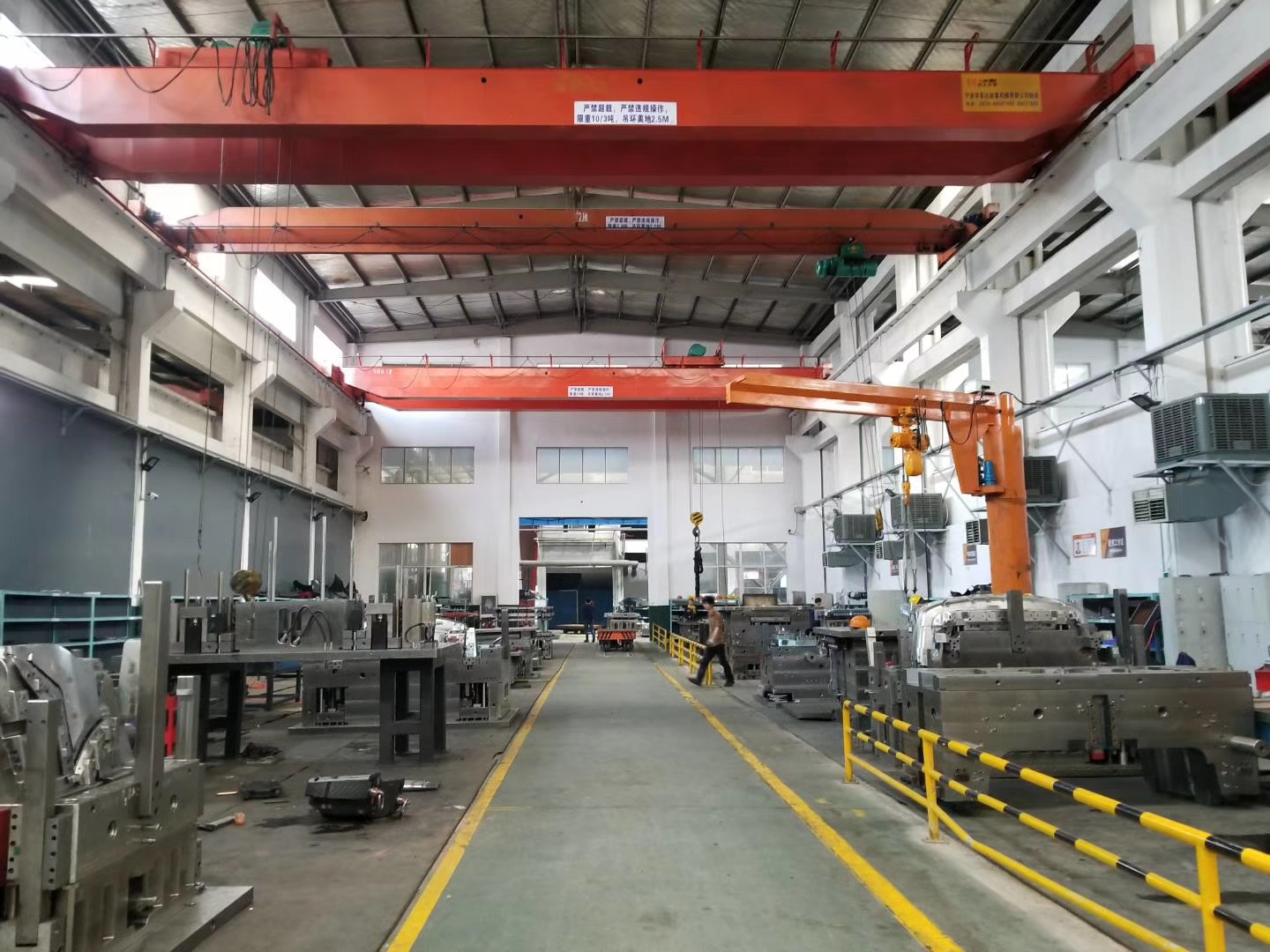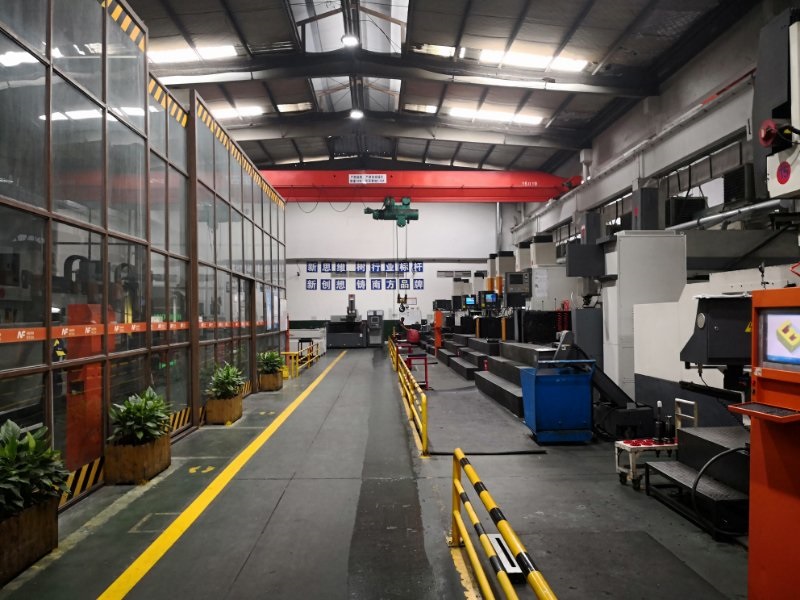Automotive Interior Plastic Injection Mould includes automotive dashboard Plastic Injection Mould, automotive interior console plastic injection mould, automotive A, B, C pillar mould, automotive air conditioner plastic mould, automotive seat plastic injection mould and all other interior plastic accessories mould.
FAQ:
Q1: What tolerances can you achieve for Automotive Interior Plastic Injection Mould?
There is not a given set of tolerances that fits all processes and materials. In every case, the final tolerances on your part will depend on a number of factors, including but not limited to:
We will review your design and provide a design for manufacturing review, pointing out any areas where we may not be able to achieve your desired tolerances. It`s helpful to us if you can specify which areas in your design have critical tolerances that must be met and which can be slightly modified if needed to reduce time and costs involved.
Q2: How do you ensure your Automotive interior plastic mould quality?
In order to deliver high-quality parts every time, we`ve instituted the following steps to ensure you get parts that meet and exceed your expectations.
Q3: Is the lead time in working days or calendar days?
Lead times are quoted in working days. As per our terms and conditions, quoted lead times commence only after completion and confirmation of design for manufacturing review and the beginning of actual production.
Q4: How long does a quotation take?
In most cases, we respond within a couple of days of receiving an RFQ. However, there may be situations when we must source material from an external supply and therefore the quotation may be delayed accordingly.
Q5: What is the difference between a multi-cavity mold and a family mold?
A multi-cavity mold has multiple cavities of the same part; a family mold produces a set. For instance, for an electronic enclosure, you may need a front, back, battery door, and a button. Those could all be molded at once in a family mold.
Q6: How long does it take to build an Automotive air conditioner injection mold?
Depending on complexity and our tool room load, it can range from 2 to 12 weeks.
Q7: Can I modify the mold after the first run?
We can modify our steel molds by additional machining, fill-in welding, welding in additional material, or inserting a replacement feature, for a reasonable cost. If the changes are too great, however, producing a new mold may be more cost-effective than reworking the existing one.
Automotive Interior Plastic Injection Mould Automotive Interior Plastic Injection Mould,Automotive Interior Trim Parts,Plastic Car Dashboard,Plastic Car Air Conditioner Zhejiang Ceeto Molding Technology Co.,Ltd. , http://www.ceetomold.com
In 2010, Germany’s machinery and equipment manufacturing exports amounted to EUR 125 billion, a year-on-year increase of 11.5%. Among them, exports to China increased by 34.7%, accounting for about one-eighth of total exports, while exports to Turkey and Brazil increased by 32.7% and 30%, respectively.
At the same time, neighboring countries in Germany have also benefited from their economic growth. In 2010, the total import volume of German machinery manufacturing industry was 45.9 billion Euros, an increase of 17.5% over the same period of last year, and continued to maintain its status as the largest importer of machinery and equipment in Europe. Of the imports of machinery and equipment from Germany, 59.6% of imports (27.4 billion euros) came from the European Union, of which imports from Italy amounted to 4.5 billion euros, ranking first in the EU countries; imports from Asia amounted to approximately 8 billion euros, an increase of 33.7% over the same period. Imports from China reached 2.9 billion euros, an increase of 33.1%; imports from the United States amounted to 3.9 billion euros, a year-on-year increase of 28.5%.




German Machinery Manufacturing Association Raises 2011 Production Expectations
Lindner, president of the German Machinery and Equipment Manufacturers Association (VDMA), announced at Hannover Messe that the annual growth rate of the industry's output value will be increased from the original 10% to 14%. The main reasons for the upward adjustment are: On the one hand, the Federal Bureau of Statistics upward revision of the 2010 production index; on the other hand, the industry's production level at the beginning of 2011 is better than expected. In January 2011, the output value of the industry increased by 23.6% year-on-year, and orders in February increased by 38% year-on-year, of which domestic orders increased by 40%, exceeding the increase of foreign orders by 37%.